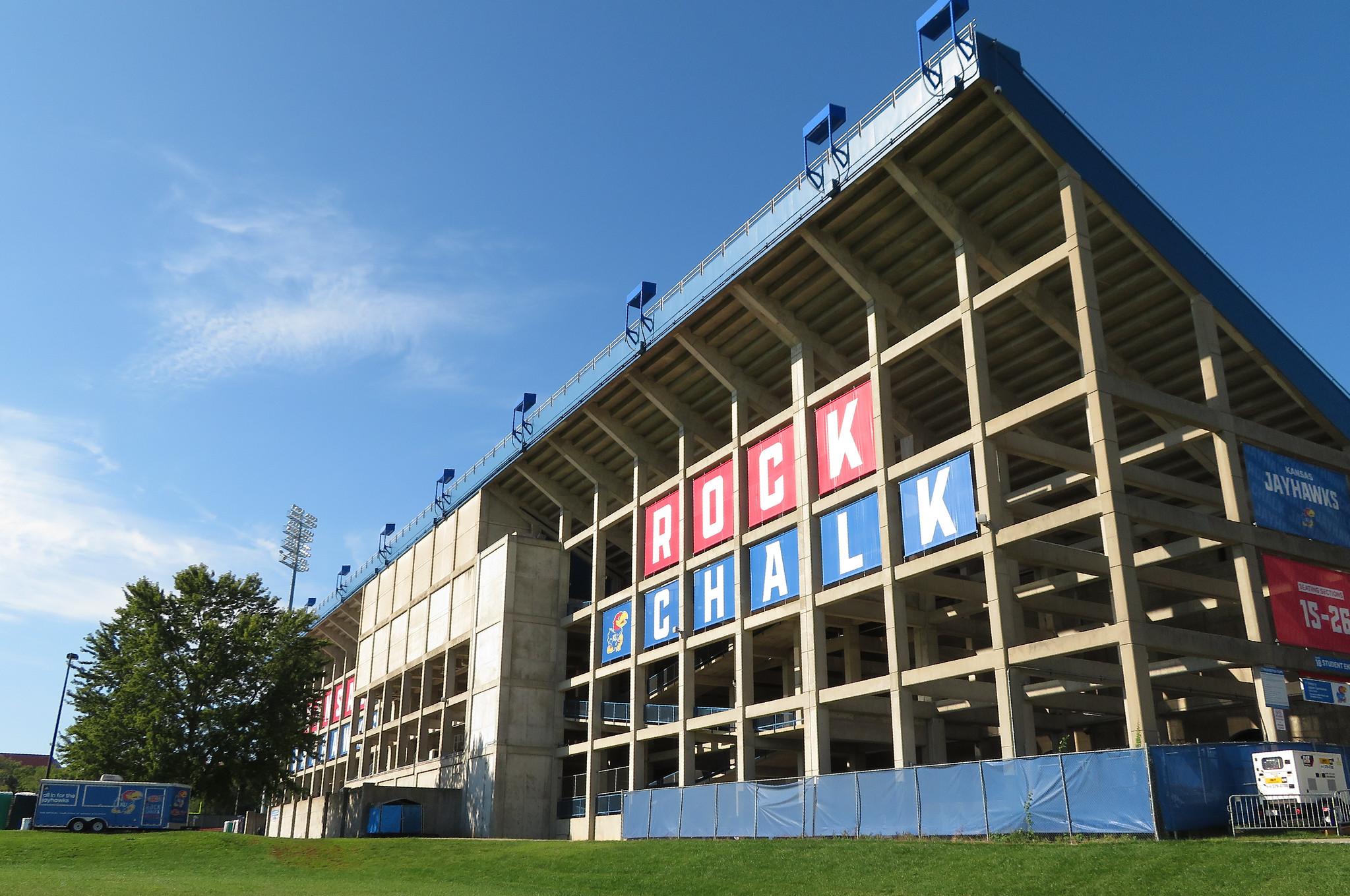It’s almost hard to believe that it’s been one year and one day since our first article about colleges taking a break from cutting track & field programs to start cutting track & field meets and seasons. Then, as now, the level of independent risk assessments for athletic events featuring athletes age 18-22 was equivalent to the concern the broader track & field community showed for the impact of these meet and season cancellations. Perhaps the fact that there was no outrage to be stirred and money to be raised – not made, raised – led to no one taking up argument that competitive athletes should be spending their time… wait for it… competing in their sport.
Yet here we are, one year and one day on, writing about how earlier this week the University of Kansas canceled next year’s Kansas Relays.
For those who have forgotten in the nearly three years since the last Kansas Relays, this is an outdoor track meet. And for those of you who are unfamiliar with the rest of the sporting world, outdoor and indoor sporting events are taking place in every sport, nearly worldwide, with 100% attendance. Certainly in the United States, certainly in the state of Kansas, sports are back to normal. In fact, the Jayhawks’ track & field team is hosting three indoor track & field meets and will travel to seven more ahead of the Indoor National Championships.
So what exactly are the “ongoing challenges created by the COVID-19 pandemic” cited in the press release announcing the cancellation of the 2022 Kansas Relays five months in advance?
Two of the four information sheets for KU’s indoor home meets state that all visiting teams must follow the Big 12 COVID-19 testing protocols. Yet this requirement is not currently in place for the Open High School Meet; nor are the Jayhawks limiting their schedule to Big 12 meets.
RELATED: HOW MUCH DO COLLEGIATE TRACK & FIELD COACHES MAKE?
The information sheets do not say anything about fan attendance. Perhaps the Kansas Relays staff is concerned that they will not be able to have fans present for April’s meet, and cannot absorb the loss of ticketing revenue. But that would be a nonsensical working assumption, considering the sell-out crowds of 16,300 people who came out to see the Jayhawks’ men’s basketball team take on Tarleton State and Sam Houston State. Actually, those fans “went in” to Allen Fieldhouse – an indoor arena – to watch those games, as opposed to anyone who attends the Kansas Relays at the very outdoor Rock Chalk Park, capacity 7,543.
The two biggest dangers of a cancellation like this are precedent and contagion (what, too soon?).
Track & field athletes have already spent two years dealing with canceled seasons and limited competitive opportunities. These have come against the backdrop of the remainder of sports resuming normal activities and schedules. Track & field people are already well-known for learning to deal with needless adversity and capricious administration, and this is another example of “Well can we get away with providing even less? Yes.”
At what point will track & field return to its normal rhythm, as others have? Let alone expand their footprint, as other sports have.
As we said throughout 2020 and the first part of this year, once one school or institution goes first, it’s that much easier for the next. And it’s that much easier for a repeat cancellation at a given institution, as we’re seeing here.
With Kansas Relays off the calendar, will that be more motivation for Drake Relays, Texas Relays, Florida Relays or any other major meet to put on an even bigger and better show than ever to fill the void and plant their flag? Or will Kansas’ decision give them cover to do the same?
MORE: COLLEGIATE TRACK & FIELD SPENDING PROPS UP THE SPORT: CUTS EXPOSE LACK OF DEPTH
The end result is one more contraction of a sport that seems like it couldn’t possibly get any smaller or further from the public’s consciousness.
But at the risk of repeating ourselves (and since it’s been quite a while since we’ve last written on this topic, maybe it’s worth the refresher), if the people within the sport barely notice or respond, why should anyone else?
Photo credit: Ken Lund / Flickr, under CC BY-SA 2.0.

